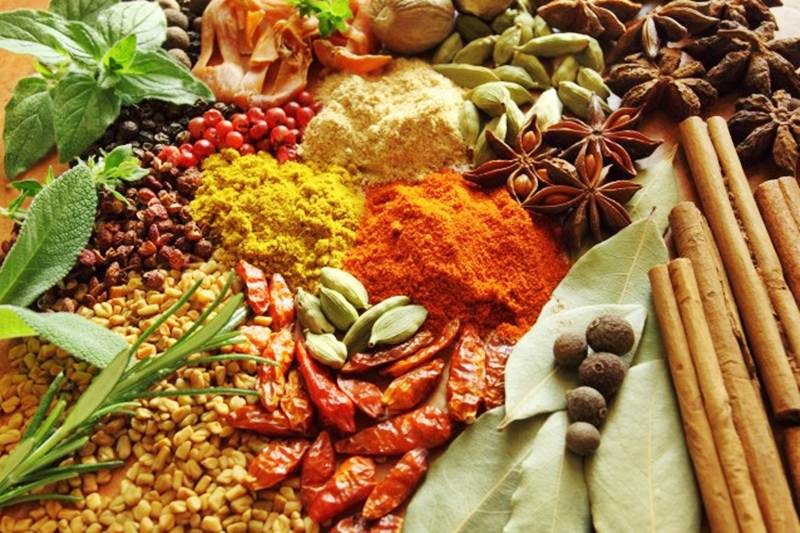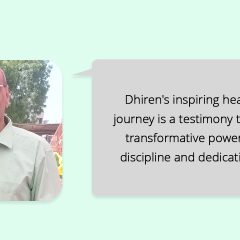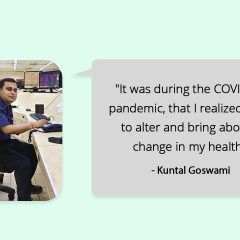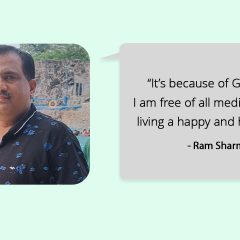
One day, my client came to me for the regular follow up. She looked pale to me which ideally was never the case. I tried to find from her why was she looking pale. I probed her to find out if she felt tired after doing any work. And, she said she feels lethargic throughout the day and can’t walk for more than 10 minutes. She felt breathless. I immediately asked her to get her Haemoglobin checked and when she got me the reports. I was surprised to see that her hemoglobin was just at 9. She was definitely anaemic.
The ideal range for women as you all would be aware should be above 12-16mg/dl for children 11-13mg/dl and for males 14-18mg/dl. I believe in “Let food be thy medicine and medicine be thy food”. Nourish your body with a good dose of iron through nutrition rather than popping in supplements. I told her about hemoglobin boosting foods which I would like to share with you all.
- Garden cress seeds: Few years back, this seeds were not commonly known. As, the awareness on health is spreading, this seeds have created its own space in the fitness industry. It is known as Halim (Hindi) or Aliv (Marathi). It is one of the richest vegetarian sources of iron with good bioavailability. 100gms of garden cress seeds provides 1.5mg of iron. It is often given during pregnancy and also it acts as Galactagogue which stimulates milk production in lactating mothers. Daily recommendation is 2 tsp. You need to soak the seeds for a while so that it emanates less heat. If you are trying for the first time, start with ½ tsp to see if your boy easily accepts it because of its heat. You can have garden cress in different forms such as it can be added in kheer, ladoos and be sprinkled on salads.
- Haeme Iron– It includes liver/oysters/red meat. Liver (pork/beef/chicken/turkey) gives roughly around 23mg of iron in 100 gms. Oysters/mollusks give around 28mg of iron in 100 gms. However, as we know these foods are very high on cholesterol and saturated fats. The frequency of these meats should be minimal. Once in a week 2 medium pieces can be consumed. Also, try to go for either grilled/baked/steamed to make it healthier.
- Pumpkin seeds- Like, garden cress seeds these seed are gaining popularity these days. 100 gms of pumpkin seeds serves around 8 mg of iron. Pumpkin seeds are not only rich in iron but also in calcium, magnesium, and manganese and iron. Include at least 2-3 tsps in your daily routine. You can have it as a mouth freshener or else sprinkle it over salads.
- Spinach– 100 gms of cooked spinach gives around 3.75mg of iron. It is packed with calcium and fiber too. So, next time don’t forget to add this lovely looking greens in your salads/soups and veggies.
- Dark chocolate– To your surprise, dark chocolate with 75-80% cocoa contains around 17mg of iron. It is also packed with antioxidant. Next time, you can enjoy dark chocolate without any guilt. While savouring, portion needs to be monitored. You can have 2-3 pieces of the chocolate.
The daily recommendation allowance (RDA) for iron:
| Age | Male | Female | Pregnancy | Lactation |
| Birth to 6 months | 0.27 mg* | 0.27 mg* | ||
| 7–12 months | 11 mg | 11 mg | ||
| 1–3 years | 7 mg | 7 mg | ||
| 4–8 years | 10 mg | 10 mg | ||
| 9–13 years | 8 mg | 8 mg | ||
| 14–18 years | 11 mg | 15 mg | 27 mg | 10 mg |
| 19–50 years | 8 mg | 18 mg | 27 mg | 9 mg |
| 51+ years | 8 mg | 8 mg |
* Adequate Intake (AI)
In animal foods, iron is often attached to proteins called heme proteins, and referred to as heme iron. In plant foods, iron is not attached to heme proteins and is classified as non-heme iron. Heme iron is typically absorbed at a rate of 7-35%. Non-heme iron is typically absorbed at a rate of 2-20%.
Also, Vitamin C rich foods like kiwi/amala/lemon/guava/strawberries/sweet lime/oranges enhances the absorption of iron. Henceforth, whenever you consume any iron rich food, don’t forget to have a glass of lemon water along with it which would double up the absorption of the iron.

 We all know what’s an apple and what is vinegar! But, have you given a thought to what if both apple and vinegr are blended, how would it taste?
We all know what’s an apple and what is vinegar! But, have you given a thought to what if both apple and vinegr are blended, how would it taste?



